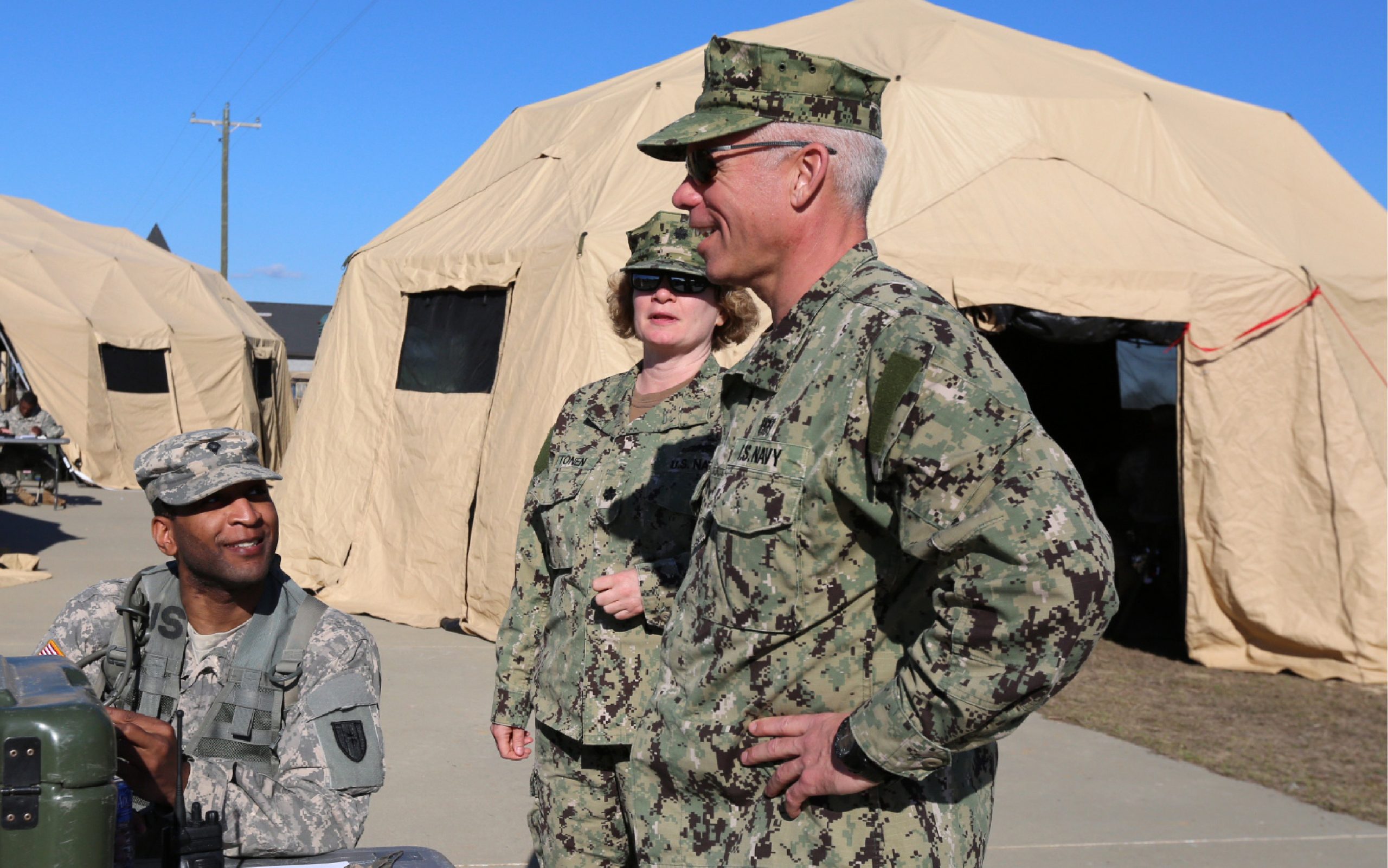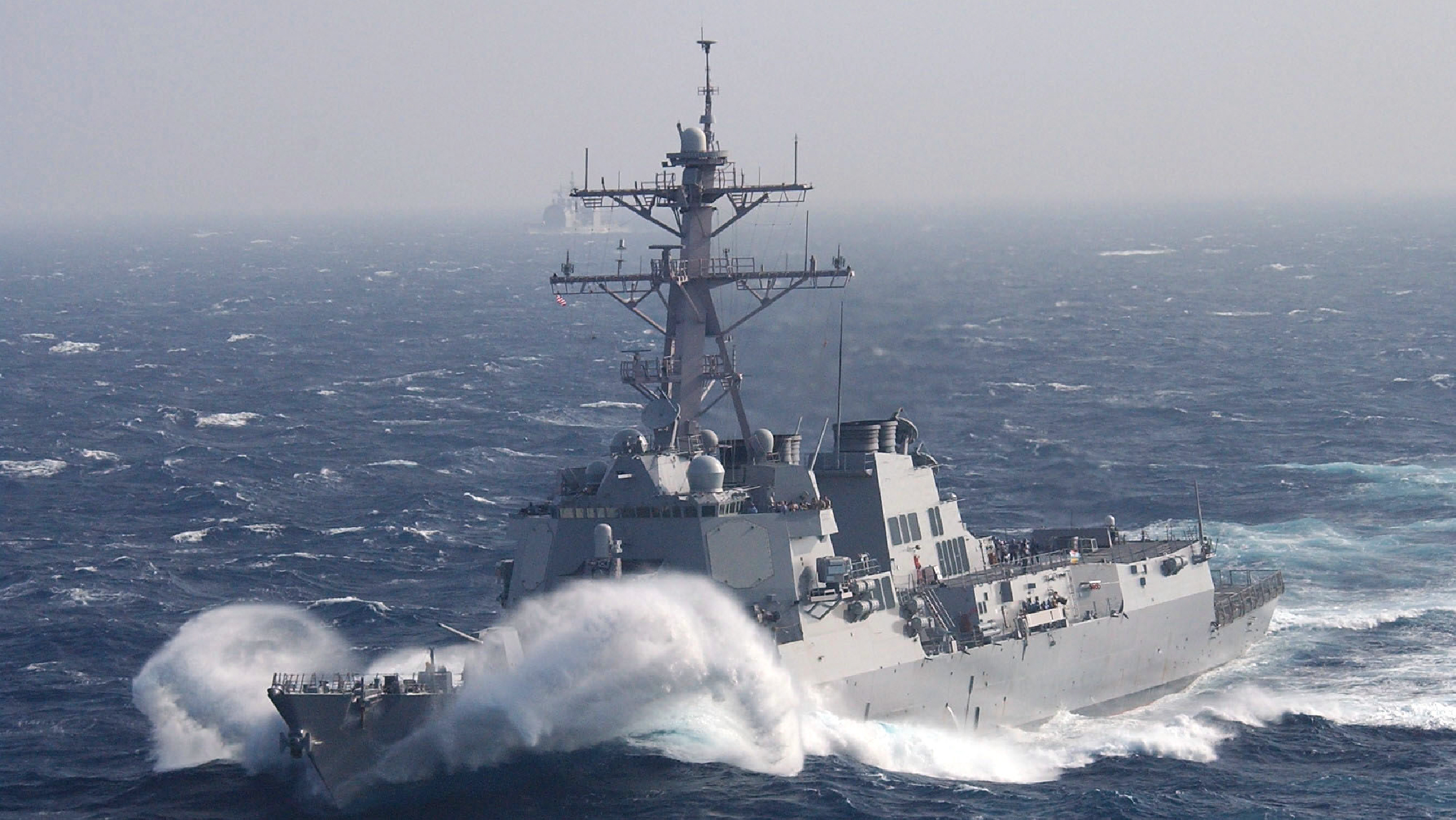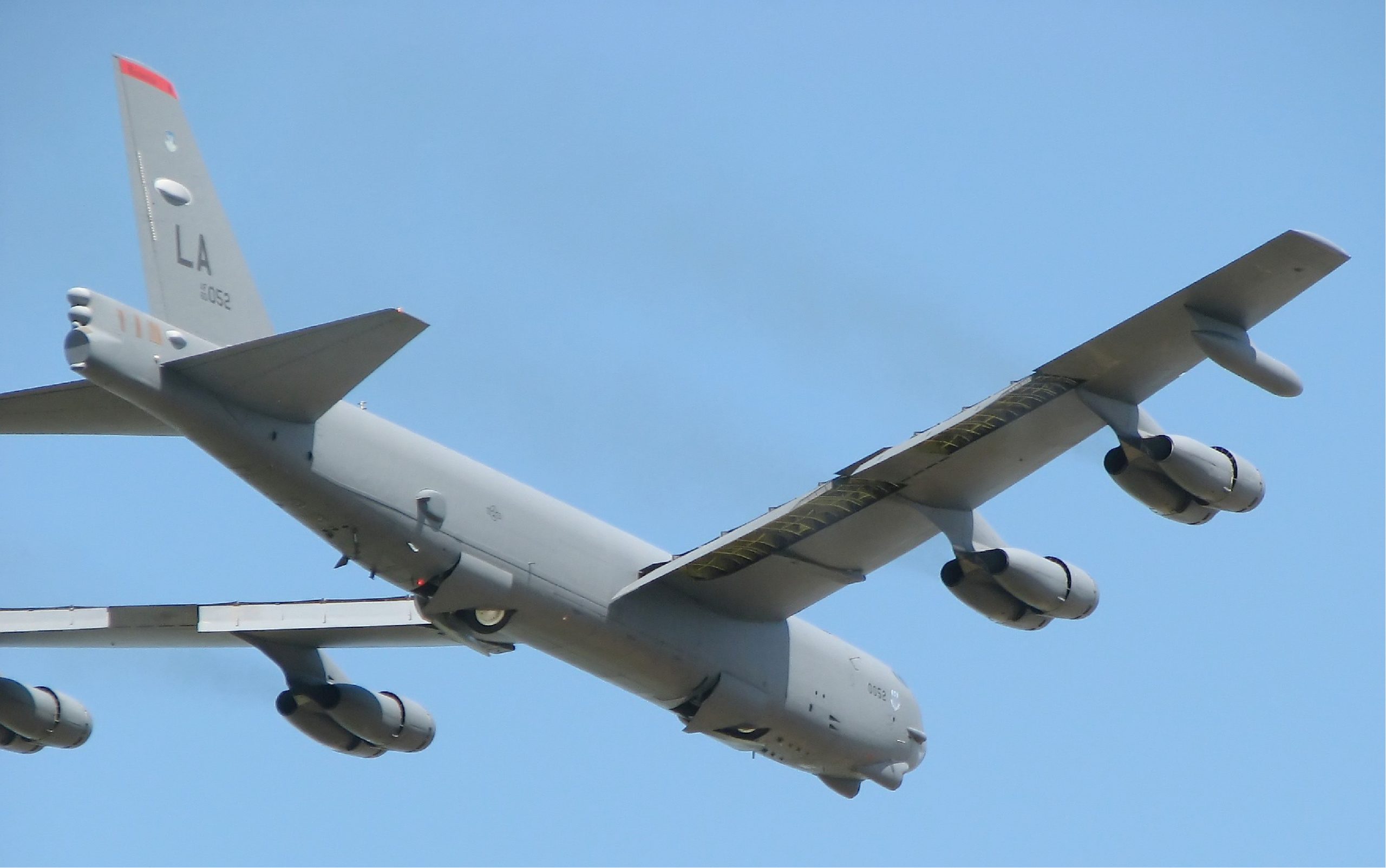The Military Incidents Project: Context Is Key
Since 2016, the world has become more used to heads of nuclear-armed states trading threats through headlines, social media, and from behind podiums. This, combined with the buildup of arsenals, the development of new capabilities, and the crumbling of the arms control infrastructure, makes clear the risk of conflict between nuclear-armed states is higher than it’s ever been.
But, as previous blogs in this series have discussed, these are not typically the kinds of events that have directly precipitated nuclear “near misses” in the past. What they have done, however, is raise tensions. And in an environment where tensions are heightened, the potential for rapid and uncontrolled escalation is high. A so-called “kinetic” incident (or something close to it), where troops or material come into direct, violent conflict, can quickly spiral out of control.

To incorporate this into its analytical framework, the Military Incidents Project splits the events it tracks into “military incidents,” which have been judged to have the potential to cause direct conflict, and “background events,” which don’t rise to this level of risk but nevertheless influence political or military relations between nuclear-armed states.
It’s possible a “background event” might be more publicly known than a military incident with great potential to drive escalation, since the most frequent kind of event is an announcement from a government or military leader that concerns one of the nuclear “flashpoints.” While these events are one key driver of military escalation, they don’t involve a situation where that escalation is likely to take place, so they are given a secondary role in the project.
A great example of this is the South China Sea. On September 30, 2018, a “near miss” occured when a Chinese military ship came within 41 meters of the USS Decatur. The U.S. ship was conducting a “Freedom of Navigation” exercise near the Gaven Reef in the disputed Spratly Islands. Given the close pass and disputed territory (among other factors), this clearly rises to the level of a military incident.

But in order to fully understand the incident’s significance, it’s essential to look beyond the ongoing exchanges among top-level leaders over these exercises, which from the U.S. perspective are meant to challenge China’s exclusive claims to the area. Communications between U.S. and Chinese military officials, the actions of the military leaders in control of the boats’ operations at the time of the incident, and broader trends in the region, where seven countries have territorial claims, need to be taken into account.
The Military Incidents Project also identifies these lesser high points in the larger narrative: the Chinese government’s negative response to U.S. B-52 overflights of the South China Sea earlier that year; U.S. sanctions on China for buying Russian military hardware; and China’s decision to postpone military-to-military talks in response. None of these would qualify as a “military incident,” yet they are key to understanding the environment where these incidents happen.

As we’ve shown in this blog series, tracking military incidents can help grant broader access to the less publicly visible side of foreign policy, where leaders’ statements and carefully crafted policies translate to facts on the ground. But viewing these incidents in a vacuum can conceal more than it reveals. By clearly identifying the secondary incidents that define the context in which a military incident takes place, we can promote responsible discussion of the profound threat that nuclear weapons pose without inadvertently feeding into escalatory rhetoric.